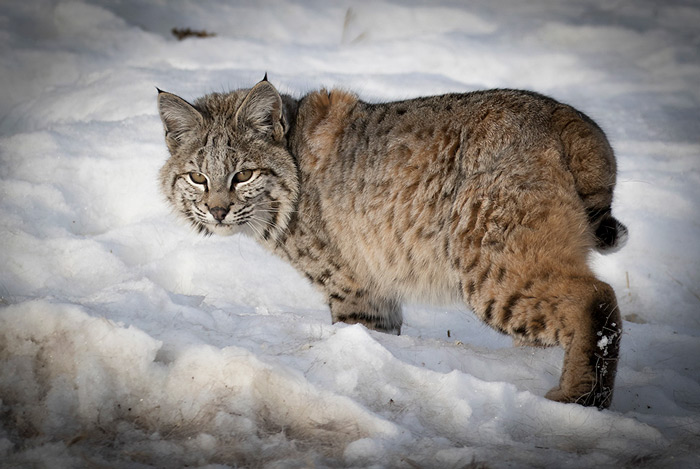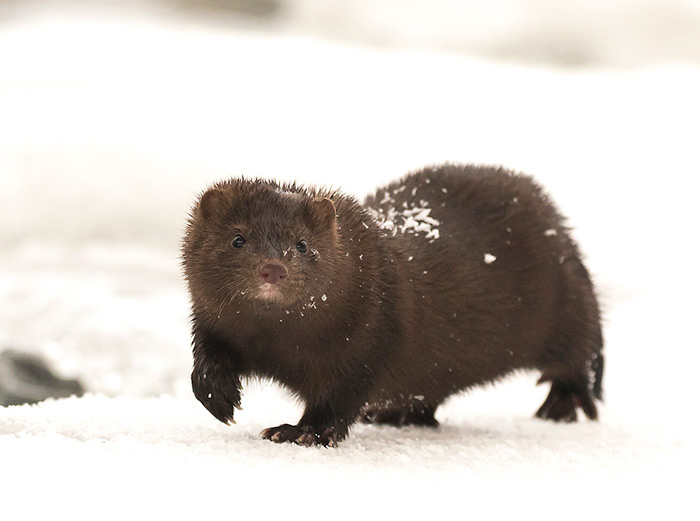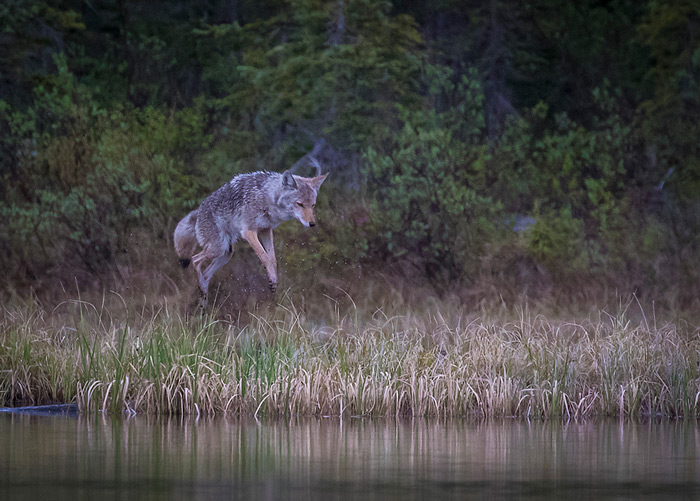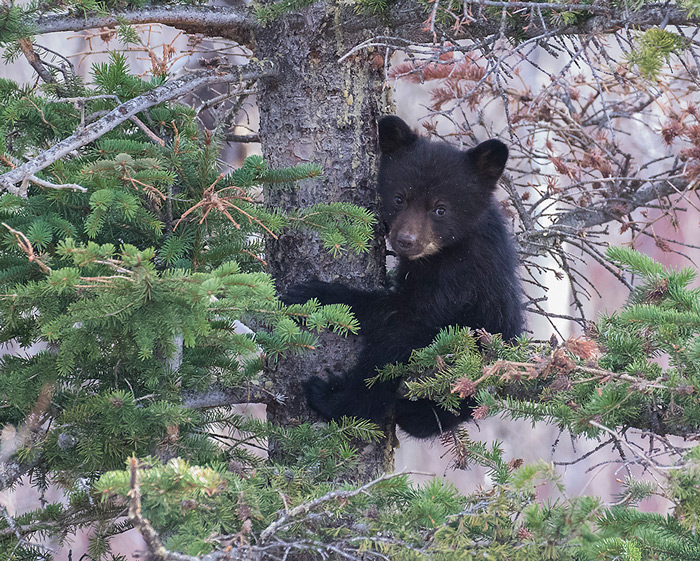 Today’s interview comes all the way from Calgary, Alberta, Canada and features the extraordinarily talented Nature and Wildlife Photographer Kerri Martin. Kerri finds inspiration for her photography with a connection to nature and wildlife. Through Kerri’s work, she allows us to gain an appreciation for the elements of beauty from our natural world.
Today’s interview comes all the way from Calgary, Alberta, Canada and features the extraordinarily talented Nature and Wildlife Photographer Kerri Martin. Kerri finds inspiration for her photography with a connection to nature and wildlife. Through Kerri’s work, she allows us to gain an appreciation for the elements of beauty from our natural world.
Kerri, thank you for sharing your thoughtful answers with us and for allowing us to get to know a bit about you. You are a brilliant photographer and someone whose work is definitely worth following.
If you’d like to learn more about Kerri, please visit her website and blog. You can also follow her on Twitter.
Can you please tell the readers a bit about yourself?
My interest in photography started in 2000 when I took my first photography course as part of my Journalism degree. Since then, I have discovered a quiet comfort in seeing the world through the lens of a camera – particularly the ‘natural’ world and our wild animals. I have been borderline obsessed with wildlife specifically for the past 7 years.
Where is home?
Calgary, Alberta, Canada
Are you formally-taught or self-taught? And what has been the best source of information along this journey (workshop, online forums, classroom, mentor, etc)?
I had formal photography training as part of my degree in journalism, but technology has changed significantly since then, so there has been a lot of self-teaching as well. We were still using film back then. There are also a lot of technicalities that are specific to wildlife in terms of exposure techniques and equipment. I would say I’ve taught myself in a variety of ways, including books, online training and learning for more experienced photographers.
What inspired you to be a photographer?
I have always had a passion for nature and wildlife – when this passion merged with my artistic spirit, photography was a natural fit for me. It is such a great way to connect to nature and learn to see the beauty of our world.

From looking through the galleries on your site, I can see that you’ve been to a variety of locations. Of those you visited, which was your favorite and why?
If have done some traveling to exotic locations like Africa and Peru, but I have to say my favorite location is very close to my home town of Calgary. Southern Alberta has a huge variety of landscape and wildlife and there is never a shortage of places to explore. I really love Canadian wildlife.
Regarding your nature and wildlife photos, which truly are remarkable, what advice can you offer to those who would like to begin taking these types of photographs?
I would recommend starting with educating yourself on the larger issues around human/wildlife interactions and safety to ensure you are doing all you can to minimize your impact on the environment and animals.
With that in mind, the best thing to do is get out and photograph as much as possible. If you don’t have the ‘big gear,’ start with a point and shot with a minimum 20x zoom and go from there. You may decide to get more sophisticated gear down the road, or you may be happy without it. Having the ability to zoom-in, in order to keep your distance, is important, and likely requires something beyond a phone. But aside from this, there is no need to invest in expensive equipment when you are beginning. Wait until you understand more about what your camera can and cannot do.
What is your favorite part of being a photographer?
I love being out in nature and observing wildlife. It is such a gift. Combining that with the creative aspect of taking photographs makes it even more rewarding.

What is the most challenging part of being a photographer?
While I may sell the occasional print, my photography is not how I make a living. So from this perspective, I don’t really have any challenges. I see difficult aspects more as opportunities to grow and learn. I feel like this would be much different if I was relying on photography to make a living. I’m sure the business aspects of photography would involve a number of challenges.
How do you keep yourself motivated and your photography fresh?
The nature of wildlife and nature photography means there is no need for external motivation, at least for me. There is always something more. Even if I’ve seen a certain animal a million times, there is always potential to see some aspect of behavior that I’ve never seen before. And I’m lucky because I also love the small creatures, like amphibians, reptiles and insects, so there is just so much opportunity to observe life and photograph where ever I go.
What has been the biggest source of inspiration in your work?
I have a fantastic group of like-minded friends that inspire me to do a better job, not just as a photographer, but in terms of photographing in a responsible way. Conservations with people is my main source of inspiration, but I of course also get inspired by looking at photographs from other wildlife photographers.
Share with us your favorite image and why.
My favorite image changes daily or even hourly, but this coyote shot is my current. I captured this beautiful guy a couple of weeks ago and I love the image for a variety of reasons.

The jump/action shot – he looks like he was pouncing on prey, but was actually jumping over a bit of water.
Aesthetically, I love the colors in the background and water – the image is significantly cropped because I was a long ways away, but I still love the look
Coyotes are one of many examples of animals that are misunderstood and seen as aggressive or pests, etc. They have suffered a lot because of this unwarranted reputation. I love capturing a photo of an animal that shows his/her true nature and possibly helps combat some of the negative associations humans have with certain species.
What type of camera(s) do you shoot with? What is your favorite lens?
A Canon 7d Mark II with a canon 100 to 400 L series lens. This is my favorite combo for wildlife. Sometimes the max 400 zoom is not enough reach, but it works well in most circumstances and is light enough to hand-hold. And the newest version of the 100 to 400 has a minimal focus distance of 3.2 ft, which is great for a zoom lens, allowing me to get detailed images of smaller critters and objects without having to switch lenses. This does not qualify as macro of course, but does a pretty good job with the small details.
What is in your camera bag?
An extra camera body with a landscape lens, extra batteries and SD cards, a 1.4 tele-converter, extension tubes, anti-static cloth.
What is your favorite photography accessory?
My vehicle is essential to my photography. I do a lot of photographing of large animals from my car so I consider it a very important accessory.
What piece of equipment would you most like to get but don’t have yet?
I would like a ‘real’ Marco lens, something like the Canon 100 – 2.8.
How important is Photoshop or other image editing software in your final images?
Very important. I don’t like to over edit, but the nature of wildlife photography often means shooting fast at high ISOs. Photoshop does a great job of correcting the resulting grain. Generally, all my images will be cropped, de-noised and sharpened, and I may also do some minor exposure adjustments. I will also use Photoshop for minor distraction removal as well, like removing an ear tag on a bear.

Was there a point in your photography journey when you started to feel really good about your work? If so, what did it feel like to get past that “tipping point?”
I wouldn’t say there was a specific ‘tipping point,’ but a gradual increase in feeling confident in my abilities. I feel pretty good now, and appreciate that I’ve had some recognition within my community – I’ve done talks for camera clubs, presentations, teaching and was recently invited on a morning TV show to talk about photography ethics. But, it is a never-ending journey and I have so much more to learn.
Are there any areas of photography that you have yet to pick up on that you’d like to learn?
I have dabbled a bit, but I would love to learn about and do more night photography. I feel I would need a very good full-frame camera for this and that is a bit of an investment, but definitely, something that I would like to do.
What do you think the future holds for you? Where do you see yourself in the next few years?
I’m working on a Masters in Photography right now with a focus on exploring issues around ethical wildlife photography. I’m hoping this will lead to a book and possibly some more teaching opportunities. Aside from this, I plan to still be photographing and writing about my experiences on my blog in an effort to spread appreciation for our amazing wild animals.
Leave a Reply